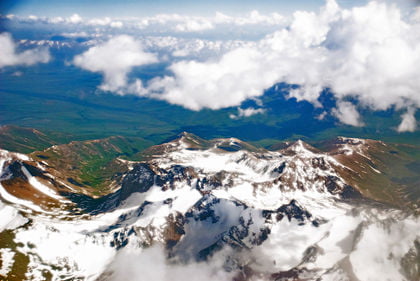Pamir Mountains

The Pamir Mountains are a mountain range between Central Asia, South Asia, and East Asia, at the junction of the Himalayas with the Tian Shan, Karakoram, Kunlun, and Hindu Kush. They are among the world’s highest mountains.
The Pamir Mountains lie mostly in the Gorno-Badakhshan Province of Tajikistan.[1] To the north, they join the Tian Shan mountains along the Alay Valley of Kyrgyzstan. To the south, they border the Hindu Kush mountains along Afghanistan’s Wakhan Corridor.
To the east, they extend to the range that includes China’s Kongur Tagh, in the “Eastern Pamirs”,[2] separated by the Yarkand valley from the Kunlun Mountains.
In the 19th century, the British and Russian empires started to fight for their dominance in Asia known as the “great game,” but only the small mountains and the small states were once isoliated. The British moved from India to Afghanistan to the north during this conflict and the Russians passed through the present territories of Kyrgyzstan and Tajikistan from the North.
Since Victorian times, they have been known as the “Roof of the World”, presumably a translation from Persian.[4][5]
The three highest mountains in the Pamirs core are Ismoil Somoni Peak (known from 1932 to 1962 as Stalin Peak, and from 1962 to 1998 as Communism Peak), 7,495 m (24,590 ft); Ibn Sina Peak (still unofficially known as Lenin Peak), 7,134 m (23,406 ft); and Peak Korzhenevskaya (Russian: Пик Корженевской, Pik Korzhenevskoi), 7,105 m (23,310 ft).[10] In the Eastern Pamirs, China’s Kongur Tagh is the highest at 7,649 m (25,095 ft).
